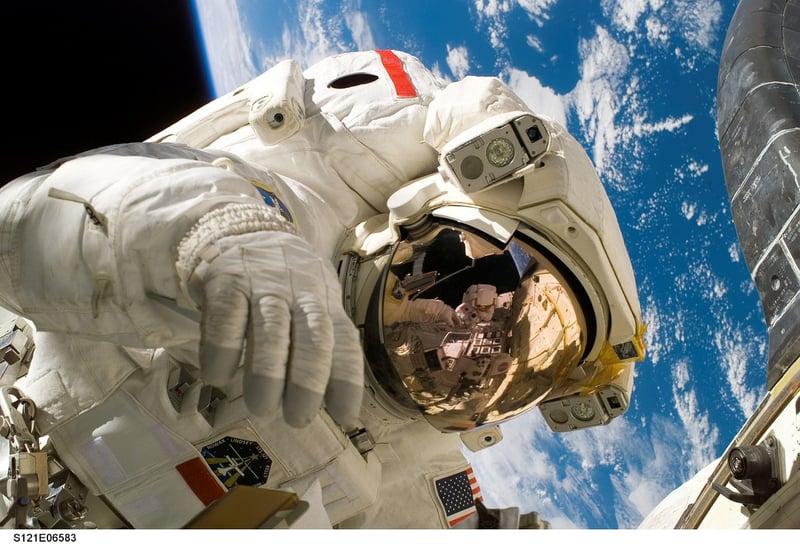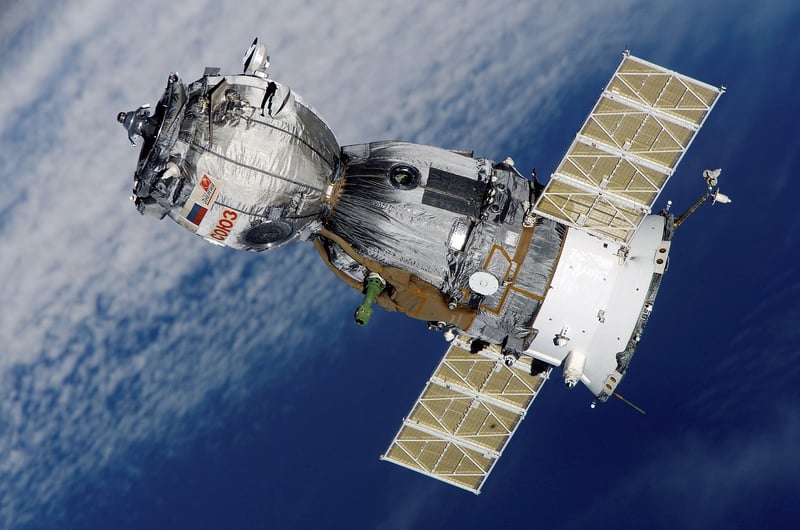Spacecraft Design
The Future of Space Exploration: Innovations in Spacecraft Design
Space exploration has always been at the forefront of human curiosity, driving us to push the boundaries of what is possible. With advancements in technology, we are witnessing remarkable innovations in spacecraft design that are revolutionizing the way we explore the cosmos.
1. Electric Propulsion Systems
One of the most significant advancements in spacecraft design is the development of electric propulsion systems. These systems use electric fields to accelerate propellant, providing higher efficiency and lower fuel consumption compared to traditional chemical propulsion systems. This innovation allows spacecraft to travel longer distances, enabling missions to explore distant planets and asteroids.
2. Additive Manufacturing
Another game-changer in spacecraft design is the use of additive manufacturing, commonly known as 3D printing. This technology enables the rapid prototyping and production of complex components, reducing costs and lead times. Additive manufacturing allows for the creation of lightweight and optimized structures that are crucial for space missions where every gram counts.
3. Autonomous Systems
Autonomous systems play a vital role in the future of space exploration. Spacecraft equipped with AI-powered autonomous systems can make decisions in real-time, navigate complex environments, and even perform repairs without human intervention. This technology opens up new possibilities for deep-space missions where communication delays make direct human control impractical.
4. Inflatable Habitats
For long-duration missions or colonization efforts, inflatable habitats offer a lightweight and compact solution for providing living and working space in space. These habitats can be easily transported in a compact form and inflated once in orbit, providing astronauts with a comfortable and safe environment to live and conduct research.
5. Solar Sails
Solar sails utilize the pressure of sunlight to propel spacecraft through space. By deploying large, reflective sails, spacecraft can harness the momentum of photons to travel vast distances without the need for traditional propellants. Solar sails offer a sustainable and efficient method of propulsion for long-duration missions to the outer reaches of our solar system.
Conclusion
The future of space exploration is being shaped by these groundbreaking innovations in spacecraft design. From electric propulsion systems to autonomous technologies, each advancement brings us closer to unlocking the mysteries of the universe and expanding our presence in space.
Are you excited about the future of space exploration and the incredible possibilities that lie ahead?

Join us as we embark on this thrilling journey to the stars!
For more information on space exploration and spacecraft design, visit NASA's Technology website.
